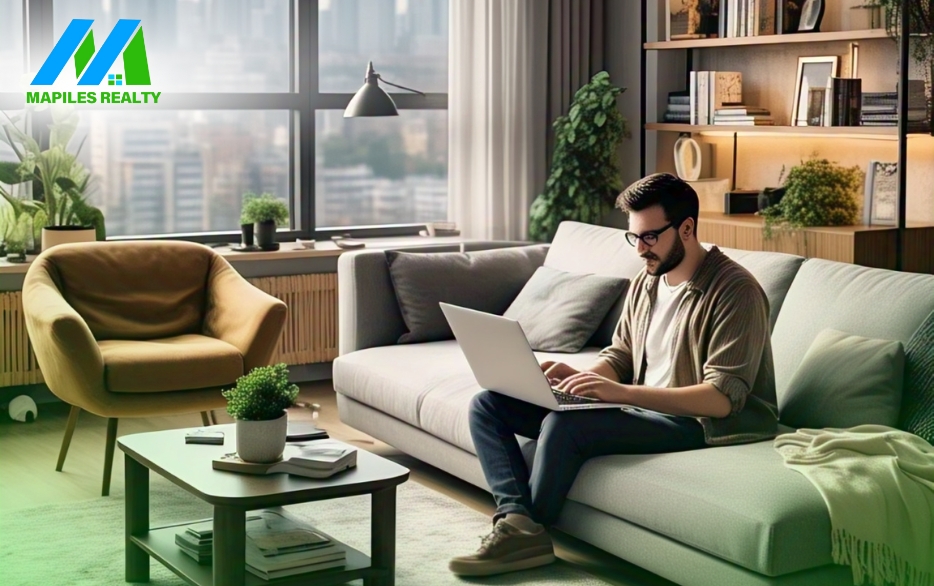The rise of remote work has brought about a significant shift in the way people live and work, and this shift is having a profound impact on residential preferences. As more people work from home, they are prioritizing homes with dedicated workspace, reliable internet connectivity, and proximity to amenities.
The Rise of Remote Work
Remote work has become increasingly popular in recent years, driven by advances in technology and the need for greater work-life balance. According to a survey by Gallup, 43% of employed adults in the United States are working remotely at least some of the time.
Changing Residential Preferences
The increase in remote work is driving changes in residential preferences, with homebuyers prioritizing homes that meet their needs for workspace, connectivity, and lifestyle. Here are some of the key trends:
- Dedicated workspace: Homebuyers are looking for homes with dedicated workspace, such as a home office or study.
- Reliable internet connectivity: Fast and reliable internet connectivity is essential for remote workers, and homebuyers are prioritizing homes with good internet connectivity.
- Proximity to amenities: Remote workers want to be close to amenities such as coffee shops, restaurants, and gyms, which provide a break from the isolation of working from home.
Impact on Urban Planning
The rise of remote work is also having an impact on urban planning, with cities and developers responding to the changing needs of residents. Here are some of the ways urban planning is adapting:
- Mixed-use developments: Mixed-use developments that combine residential, commercial, and recreational spaces are becoming increasingly popular.
- Co-working spaces: Co-working spaces are springing up in cities, providing remote workers with a community and a place to work.
- Walkable neighborhoods: Walkable neighborhoods with a mix of housing, shops, and services are becoming more desirable, as people look for a more balanced lifestyle.
Benefits of Remote Work-Friendly Homes
Homes that cater to the needs of remote workers offer a range of benefits, including:
- Increased productivity: A dedicated workspace and reliable internet connectivity can help remote workers stay productive and focused.
- Better work-life balance: With the flexibility to work from home, remote workers can achieve a better balance between work and personal life.
- Reduced commuting time: Without the need to commute to an office, remote workers can save time and reduce their carbon footprint.
Challenges of Remote Work-Friendly Homes
While homes that cater to the needs of remote workers offer many benefits, there are also some challenges to consider:
- Social isolation: Remote workers can miss out on the social interaction and community that comes with working in an office.
- Blurred boundaries: With the flexibility to work from home, remote workers can struggle to separate work and personal life.
- Technical issues: Reliable internet connectivity and technical support can be a challenge in some areas.
Conclusion
The rise of remote work is driving changes in residential preferences, with homebuyers prioritizing homes that meet their needs for workspace, connectivity, and lifestyle. As the demand for remote work-friendly homes continues to grow, developers and urban planners must respond by creating communities that cater to the needs of remote workers.
Future Outlook
The future of remote work looks bright, with more companies adopting flexible work arrangements and more people choosing to work from home. As the demand for remote work-friendly homes continues to grow, we can expect to see more innovative and sustainable communities that cater to the needs of remote workers.
Recommendations for Homebuyers
For homebuyers looking for a remote work-friendly home, here are some recommendations:
- Prioritize dedicated workspace: Look for homes with dedicated workspace, such as a home office or study.
- Check internet connectivity: Ensure that the home has reliable and fast internet connectivity.
- Consider proximity to amenities: Look for homes that are close to amenities such as coffee shops, restaurants, and gyms.





